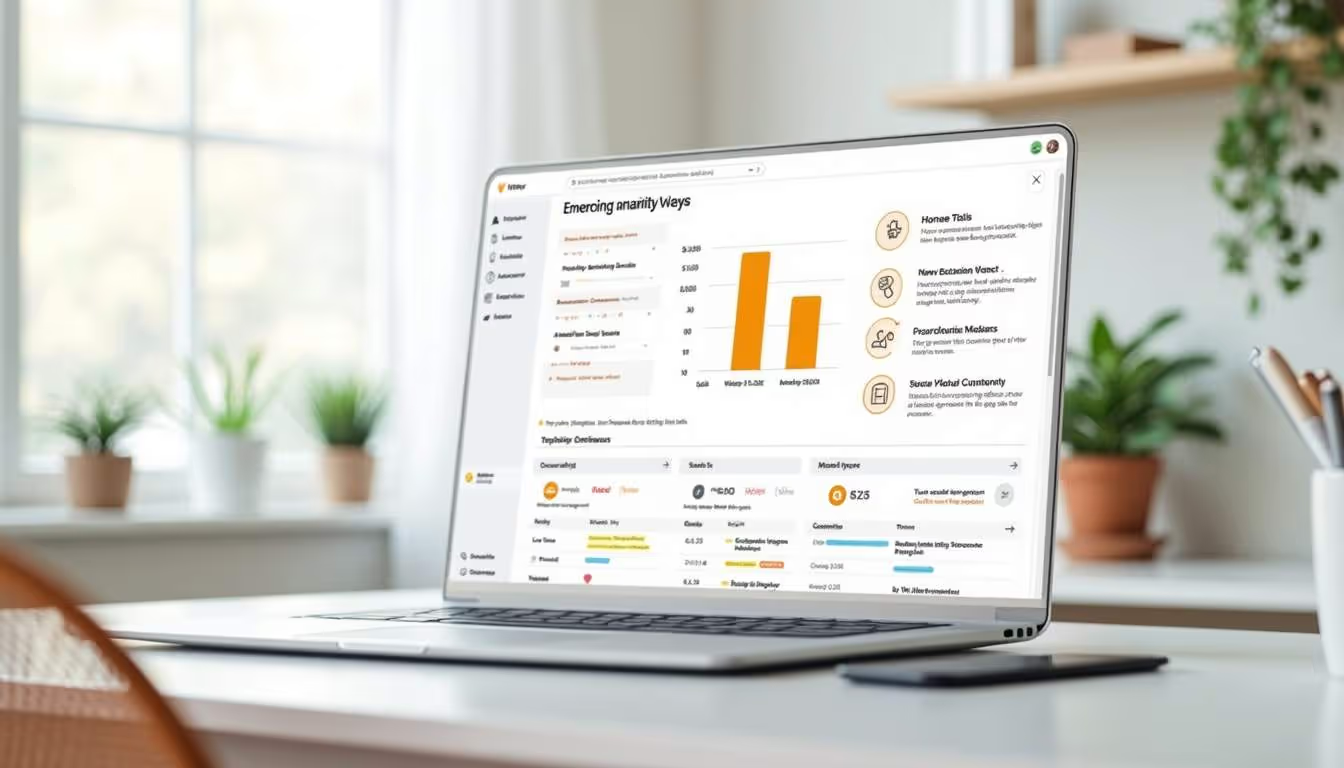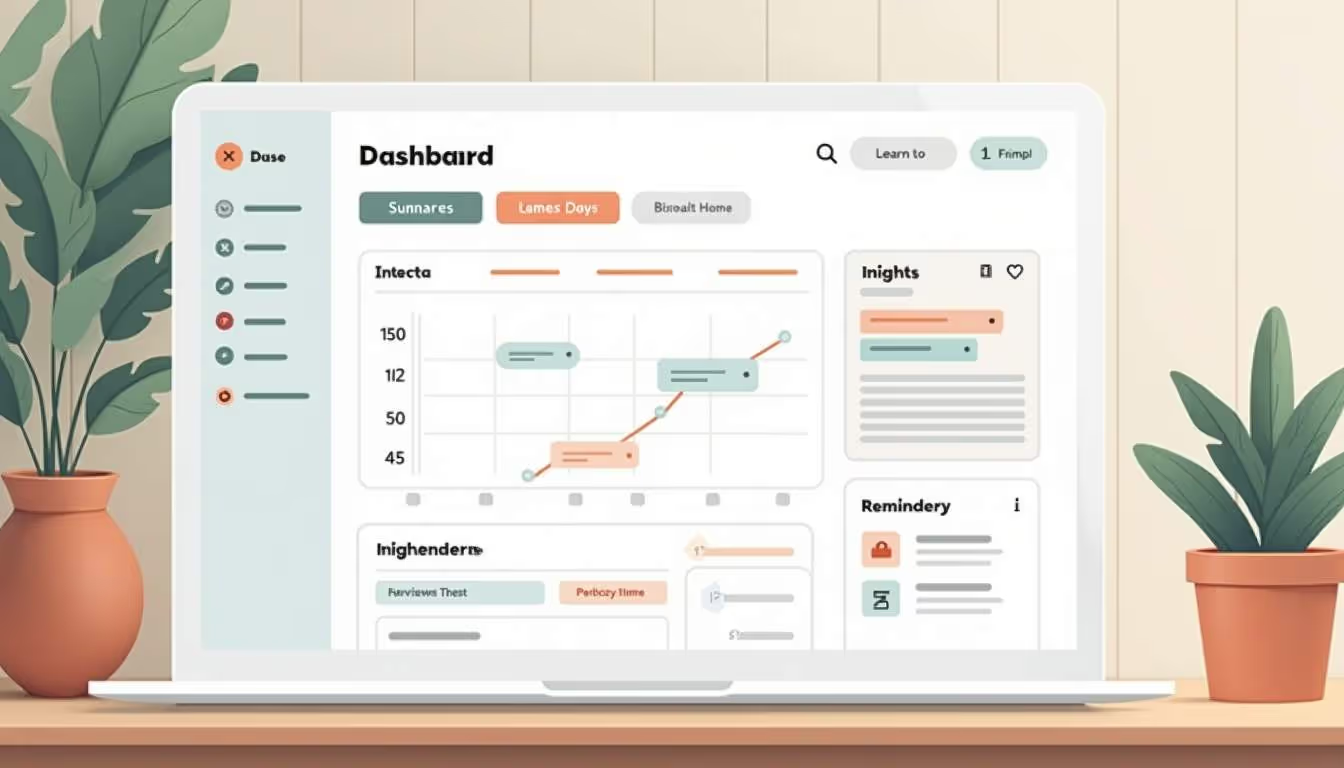Top Home Watch Scheduling Software Solutions for Streamlined Management
As the demand for home healthcare and remote monitoring services continues to rise, managing schedules for home watch and healthcare workers has become increasingly complex. Efficient scheduling software is no longer a luxury but a necessity for service companies aiming to deliver timely, reliable, and personalized care. This article explores the leading home watch scheduling software solutions designed to streamline operations, optimize workforce management, and enhance client satisfaction.
The Growing Need for Advanced Scheduling in Home Watch Services
The home healthcare software market is booming, with a valuation of $3.5 billion in 2023 and projections to reach $11.4 billion by 2033, growing annually at a robust 12.6% compound rate. This growth is fueled by the rising demand for in-home care, driven by aging populations and chronic disease management needs.
In this dynamic environment, home watch services—which involve regular monitoring of homes and clients to ensure safety and well-being—require sophisticated scheduling tools. These tools must handle complex routing, timing, and client-specific requirements to ensure that healthcare workers and home watch professionals deliver consistent, high-quality service.
Why Scheduling Software is Critical
Manual scheduling methods or basic calendar tools often fall short when managing multiple workers, diverse client needs, and last-minute changes. Advanced scheduling software helps overcome these challenges by automating route planning, optimizing worker assignments, and providing real-time updates. This leads to improved operational efficiency, reduced travel time, and better client outcomes.
Moreover, the integration of artificial intelligence in scheduling software can further enhance its capabilities. AI algorithms can analyze historical data to predict peak service times, allowing home watch services to allocate resources more effectively. For instance, during holiday seasons or extreme weather conditions, the software can proactively adjust schedules to ensure that all clients receive timely visits, thereby enhancing client satisfaction and trust in the service. Additionally, features like automated reminders and alerts can help clients stay informed about their scheduled visits, fostering a sense of security and connection with their caregivers.
Furthermore, as the demand for home watch services continues to rise, the need for compliance with regulatory standards becomes increasingly important. Advanced scheduling software can assist in maintaining compliance by tracking service delivery times, documenting caregiver qualifications, and ensuring that all necessary protocols are followed. This not only protects the service provider from potential legal issues but also reassures clients that they are receiving care from qualified professionals who adhere to industry standards. As such, investing in advanced scheduling tools is not just a matter of convenience; it is essential for sustaining high-quality care in an evolving healthcare landscape.
Key Features to Look for in Home Watch Scheduling Software
Choosing the right scheduling software involves understanding the specific needs of your home watch or healthcare business. Here are the essential features that top solutions offer:

1. Intelligent Routing and Scheduling Optimization
One of the most critical capabilities is the ability to optimize routes and schedules for home healthcare workers. Recent research highlights advanced mathematical models and algorithms, such as mixed-integer linear programming combined with branch-and-price techniques, that enable solving complex scheduling problems efficiently. This ensures that workers visit clients in the most time- and cost-effective order while respecting time windows and service durations. Moreover, by leveraging historical data and real-time traffic information, these systems can dynamically adjust routes, minimizing delays and maximizing productivity, which is crucial in a field where every minute counts.
2. Real-Time Updates and Mobile Accessibility
Field workers need access to their schedules on-the-go, with the ability to receive updates instantly. Mobile apps integrated with scheduling platforms allow workers to check assignments, report status, and communicate with dispatchers or supervisors, enhancing responsiveness and reducing miscommunication. Additionally, these apps often feature GPS tracking, enabling supervisors to monitor worker locations and ensure timely arrivals, which can significantly enhance client satisfaction and trust in the service provided.
3. Integration with Remote Patient Monitoring (RPM) Systems
With RPM technologies becoming increasingly prevalent—projected to be used by over 70 million Americans by 2025—scheduling software that integrates with these systems can provide a holistic view of patient needs. This integration supports proactive care management by aligning worker visits with real-time health data, improving patient outcomes. Furthermore, the ability to analyze trends in patient health data can help organizations anticipate needs and adjust staffing levels accordingly, ensuring that caregivers are available when and where they are most needed, thereby enhancing overall efficiency.
4. AI-Enabled Predictive Analytics
Artificial intelligence is transforming healthcare scheduling by predicting patient needs, potential no-shows, or urgent visits. AI-driven platforms can personalize monitoring and scheduling, ensuring resources are allocated where they are most needed. This capability is especially valuable in managing chronic conditions and complex care plans. By analyzing patterns in patient behavior and health metrics, these systems can also suggest optimal visit frequencies and times, allowing for a more tailored approach to patient care that can lead to better health outcomes and increased patient satisfaction.
5. Compliance and Documentation Support
Accurate documentation and adherence to healthcare regulations are paramount. Scheduling software often includes features that facilitate electronic visit verification (EVV), time tracking, and automated reporting to maintain compliance and streamline administrative tasks. In addition, many platforms provide templates and customizable forms that help ensure all necessary patient information is collected and documented properly, reducing the risk of errors and enhancing the quality of care delivered. This level of support not only aids in regulatory compliance but also empowers healthcare providers to focus more on patient care rather than paperwork.
Top Home Watch Scheduling Software Solutions in 2025
Several software platforms have emerged as leaders in the home watch and home healthcare scheduling space.
Emerging Trends Shaping Home Watch Scheduling Software
The home watch scheduling software landscape is evolving rapidly, influenced by technological advancements and changing care delivery models. Understanding these trends helps agencies select platforms that remain relevant and future-proof.

Telehealth Integration and Virtual Care Management
Philips’ launch of Virtual Care Management in 2023 exemplifies the shift towards integrated telehealth platforms that enhance patient engagement and outcomes. Scheduling software increasingly incorporates telehealth visit coordination alongside in-person visits, enabling hybrid care models that maximize resource utilization.
Artificial Intelligence and Machine Learning
AI-enabled architectures are revolutionizing remote patient monitoring and scheduling by detecting early signs of health deterioration and personalizing care plans. Platforms leveraging AI can predict scheduling bottlenecks and optimize workforce deployment, improving both efficiency and patient care quality.
Smart Home Technology Synergy
The smart home industry, growing at an annual rate exceeding 25%, is intersecting with home healthcare through connected devices that monitor environmental and health metrics. Scheduling software that can integrate with smart home systems offers richer data for care planning and timely interventions.
How to Choose the Right Scheduling Software for Your Home Watch Business
Selecting the ideal scheduling software requires a strategic approach that balances functionality, scalability, and cost. Consider the following steps:
Assess Your Operational Needs
Identify the complexity of your scheduling requirements, including the number of workers, client locations, and frequency of visits. Determine whether you need integration with telehealth or RPM systems and the level of automation desired.
Evaluate Usability and Support
Choose software with an intuitive interface for both office staff and field workers. Reliable customer support and training resources are crucial for smooth implementation and ongoing use.
Consider Compliance and Security
Ensure the platform supports regulatory compliance, including electronic visit verification and data privacy standards. Security features protecting sensitive patient and client information are essential.
Plan for Future Growth
Select scalable solutions that can adapt to expanding service areas, increased client loads, and emerging technologies like AI and smart home integration.
Conclusion
The home watch and home healthcare sectors are undergoing transformative growth, driven by technological innovation and increasing demand for in-home care. Advanced scheduling software solutions play a pivotal role in managing this complexity, enabling agencies to optimize workforce deployment, enhance client satisfaction, and improve health outcomes.

By leveraging intelligent routing, real-time updates, AI-driven analytics, and integration with remote monitoring and telehealth platforms, home watch service providers can stay ahead in a competitive market. Careful selection of scheduling software tailored to specific operational needs will empower agencies to deliver streamlined, effective, and compassionate care in the evolving landscape of home healthcare.








